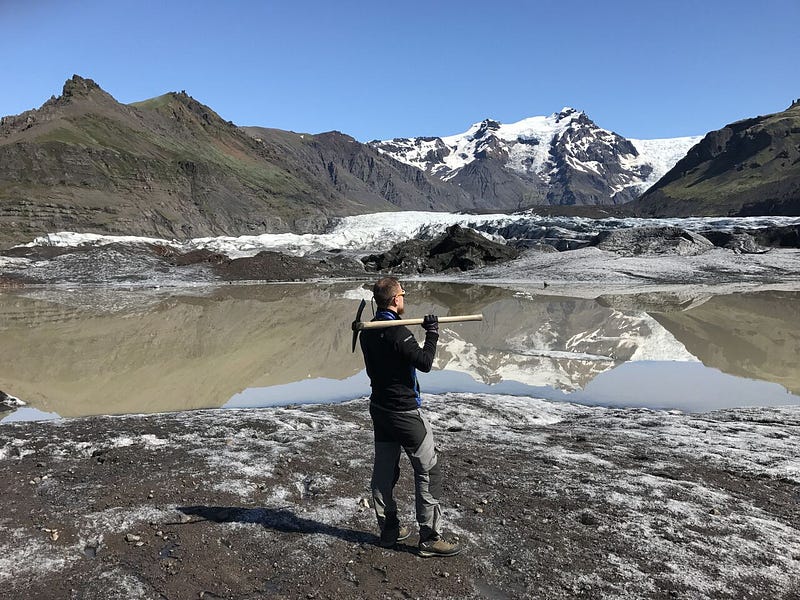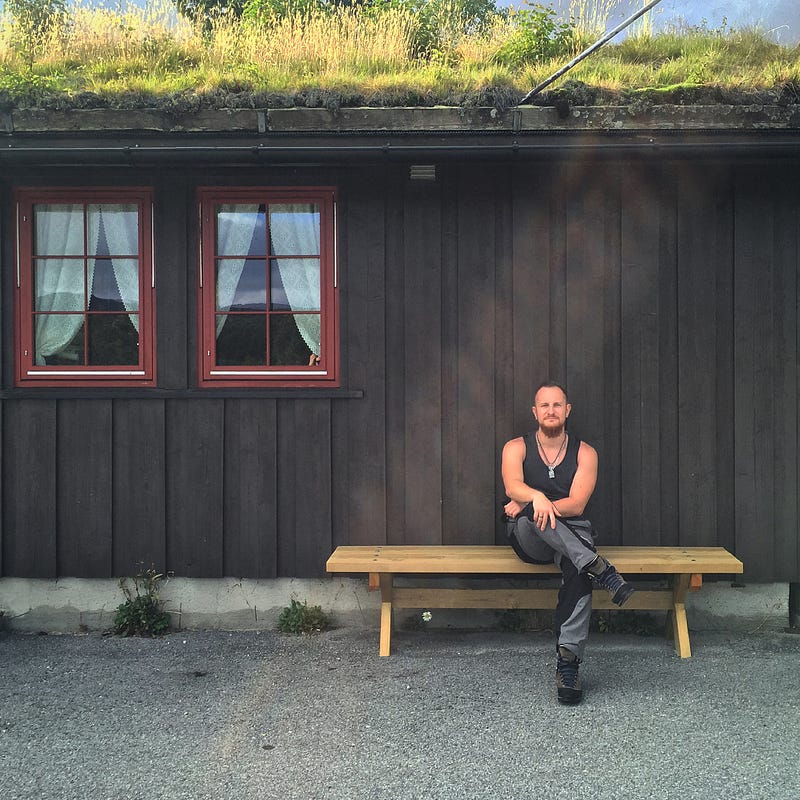On his career, the future of design, and how it changes the world.
How did you get into design?
Everything started in my childhood. I was really into drawing. Once I saw my brother using an early version of Photoshop, I was really excited by its power. I was very inspired!
How did you start working at Readdle?
It was 7 years ago. I was working two jobs as a graphic designer, and studying design at the university where I designed complex CAD projects. But, I was looking for something better, something bigger and way more challenging for me.
I got a call from Igor (the CEO) asking me if I wanted to design for iOS devices. I came to the Readdle office, where for the first time in my life, I put my hands on an iPad. I was so shocked by what I saw, I don't even remember what we were talking about! 😅 The only thing I do remember is that I was surprised at Igor's frankness. I told him, "I've never worked on anything like this before!" His answer was "So we haven't either."
My test task was to design a bookshelf app for the iPad in both orientations. It was 2011, and skeuomorphism rocked in those days. But, even today, in the age of flat and minimal design, my bookshelfs still look pretty good!
Ever since that day, we have been working and learning together as the Readdle team.
What were you working on in early days?

Readdle Design team
Since my first day at Readdle my career started developing dramatically.
There were several reasons for that:
- When I got the job, there were two game-oriented designers in the team. The direction of our company was business and productivity tools, rather than games. That's why I had to learn quickly and work on big amount of projects. For a long time I was the only designer in our company, so the workload was growing fast.
- There was a period when I've been working on 5 projects at the same time, plus the marketing side of things. Due to the extreme overload there was a high need of new designers.
- I had to become a team leader and to mentor new designers in my team.
Currently with the team of 14 designers we don't have any time for rest. Everyone in our team is very passionate and driven, we love what we're doing and we're doing it better every day. We never stop growing and developing our skills.
What's the place of the designer in creating a product?
I do believe design is in everything around us and in/on us already. Of course, we are talking about the original meaning of Design but not how it's perceived nowadays.
Design is the next step of an idea. Design is in each stage of the development and implementation.

The whole world is talking about AI and Machine learning. AI can now create a website or do a painting in the styles of famous artists. Do you think the designer's work could be automated in the future?
Some processes, professions, and branches of design definitely are. Some of them already have been automated and have disappeared. But could AI automate/replace the design processes or design itself completely? Definitely not!. AI will not be able to create something truly new, at least as it is now. The real creative process requires emotions, feelings, and empathy. Only when your emotions and mind are working together is something new, something no-one made before, created.
Yes, as I mentioned before, some professions will disappear completely. Graphic and web designer as professions are dying as we speak. But if we don't design for the web, we will design for AR/VR, or any other new technology. We will design while we exist because we design for ourselves. I think there will always be a kind of GUI in whatever the technology is since we all have eyes which are our primary sources of information. We will design for many different interfaces for all of our senses (visual, sound, tactile). We will design for human behaviors more. For instance, airports, markets, shopping malls, etc. are all built with planned, predictable human behavior in mind.
As design becomes broader, designers will always be relevant in one way or another.
Why are designers in such high demand right now?
If we're talking about product design, design for tech and software, the reason is clear: unpredictable and rapid growth of the gadgets market and the demand for them, the revolutionary AppStore (and all other online stores). All of that in combination with the world wide web cause a huge demand on software. And the best way for companies to compete with rivals is with their designs, not the number of features. The better the UX is, the bigger the chances of success are.
This always happens in our history.

Is it true that designers have a big responsibility?
Yes, definitely and always. Especially nowadays with globalization. New products are going to be used not only by hundreds of thousands, but also by millions and billions of people. For example, the slightest change in mobile devices or social networks affects the whole world now.
Let's take a look on one simple example. Somebody designs a new feature for Instagram which enhances its possibilities and as a result, brings more money to the users and the company itself. But it eats up the battery twice as fast.
Due to a really high involvement in the product, owners and all 700M users who use Instagram daily on their devices, start using it more often because they can earn more money. Hence, the batteries on all 700 millions devices need to be charged at least twice more often than before. To charge one iPhone 6 it takes ±3.8 kWh per year. The mathematics is simple: 700 X 106 X 3800 X 2 = 5.32 TWh yearly just for one update in one of a millions apps! This is not to mention the additional waste of electricity, fuel, man-hours, money and so on in order to provide the quantity of electricity needed. It all interconnected.
What advice would you give yourself 10 years ago?
To learn more about cognitive science, psychology, and ergonomics and direct my attention to space related design.
What did you bring to Readdle products?
Clarity. At least, I hope so. My only goal was and always will be is to make the user experience as clear and easy as possible; so a user could solve his problem with less what-and-how, faster, and easier.

What makes a good design?
When you don't have the questions in your head like: "How does it work?" "What does it do?"' "How can I do that?" But you know and feel how to use it as what it was created for.
As Rams said, "Good design — is as little design as possible."
Dmitry Kovalenko - MediumRead writing from Dmitry Kovalenko on Medium. Head of Product Design @Readdle. Designer behind Fluix (SaaS),… medium.com




